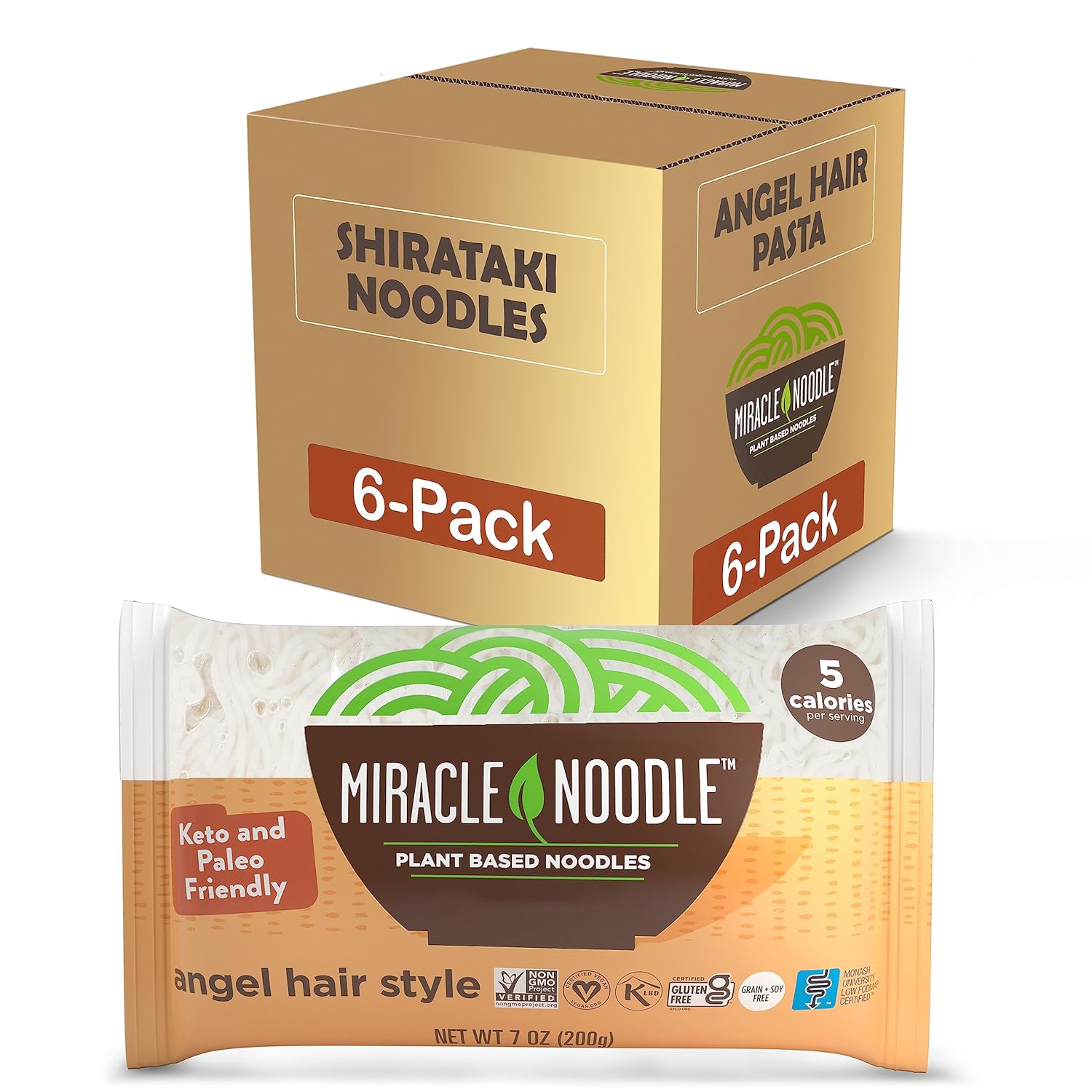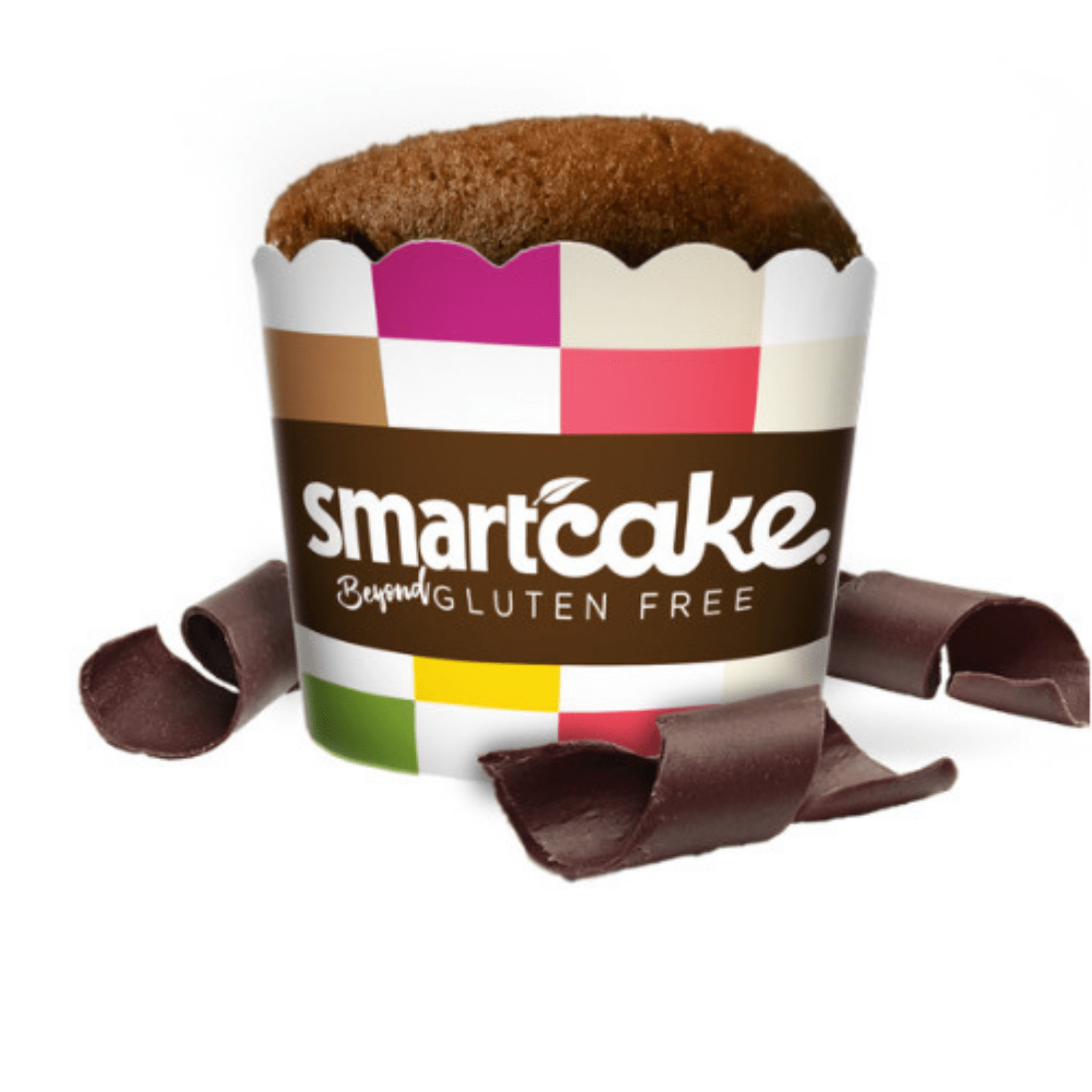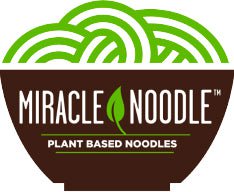The rates of Celiac Disease and Non-Celiac Gluten Sensitivity seem to be rising ever higher? But why? Several thousand years ago, perhaps as long ago as 20,000 to be exact, when wheat was first cultivated, gluten, one of the main proteins in wheat, didn’t seem to be a problem, so why is it now?
Today’s wheat isn’t the same as it was when human beings first began to settle down in communities, transforming from hunters-gatherers to agrarian settlers. You don’t have to go back thousands of years, though, to see how wheat’s cultivation has drastically changed.
But before we get into the scientific nitty-gritty of what exactly has changed about wheat, let’s first look at the motivation behind one of the top-selling contemporary health books on the market: Wheat Belly.
Although most people’s genes never ‘flip on’ the expression of Celiac Disease, meaning that they can completely tolerate gluten, eating all the pretzels, cakes, cookies, and pasta until their belly bursts their pants, button, many people do have at least some sensitivity to gluten.
William Davis, MD, author of “Wheat Belly,” is not one of those people. He would experience severe reactions to gluten, that is before he began conducting experiments on how his body would react after eating conventional organic whole wheat (one would think that organic whole wheat would be far healthier than non-organic, but for those that are intolerant of gluten, such is not the case) and an ancient form of wheat called ‘einkorn.’
Think of einkorn as the Adam and Eve of wheat, the original source; if you’re not a literal Bible enthusiast, einkorn was first cultivated nearly 20,000 years ago.
To date, wheat has gone through some 100,000 mutations or hybridations. If wheat, in its original source, was--and still is (thankfully, einkorn is still available at health food stores)--a nutritious food that enabled cavemen to take it a bit easier and act more civilized, then why then has wheat become so bastardized?
The intentions have been mostly noble. As the world’s population has exploded, so to has the need to feed the world, and more quickly. Modern variations of wheat, which are shorter (they are called ‘dwarf’ varieties), take far less time to germinate and end up as whole wheat pita breads, toast, flours for numerous baked goods and cereals and lots of other products.
Developing nations like China, India, Brazil and other rising economies, are, in part, propelling poor, provincial populations, into the middle class due to food abundance and wheat is a huge part in the transformation.
But every generation of wheat hybridation is not without its consequences. The original source of wheat, the einkorn variety, lacks the gluten of modern varieties of wheat. Modern wheat is far ‘stretchier’ than einkorn, Davis describes in Wheat Belly.
Davis also monitored his blood sugar levels for his book, comparing both ancient wheat and modern organic whole wheat. After consuming einkorn, his blood sugar rose only modestly, but after modern wheat, his blood sugar rose to 167 mg/dl from 84 (compared to 110 with the nuttier, more dense einkorn).
“New gluten structures not previously consumed by humans,” is what’s causing so much of the problems associated with gluten consumption today, Davis writes in Wheat Belly. Gluten proteins, continues Davis are especially subject to cellular changes.
Not only is the swift cellular genetic changes of gluten problematic, so is its high glycemic index. Unlike gluten-free, zero glycemic index Miracle Noodle,
Eating a diet loaded with high-glycemic foods can potentially cause several problems such as type 2 diabetes. Refraining from wheat altogether for 4-6 weeks, or at the very least, ditching modern hybrids of wheat (almost everything you would normally find in stores) for ancient, heirloom grains can help you flatten your wheat belly. Foods like Miracle Noodle, comprised almost entirely of soluble fiber, can help eliminate gluten symptoms.
Save almost 30% on Miracle Noodle!
Share the joys of eating all the noodles you want without the guilt. As incentive, when you share Miracle Noodle on Facebook, Twitter or via email, and your friends click your share link, both you and your friend will receive 13% off your next order. Here’s the link: ?saopen=share …
Save an additional 15% off every order by enrolling in the Miracle Noodle autoship program. Choose which products you want delivered and how often. It’s that simple. Join today!


